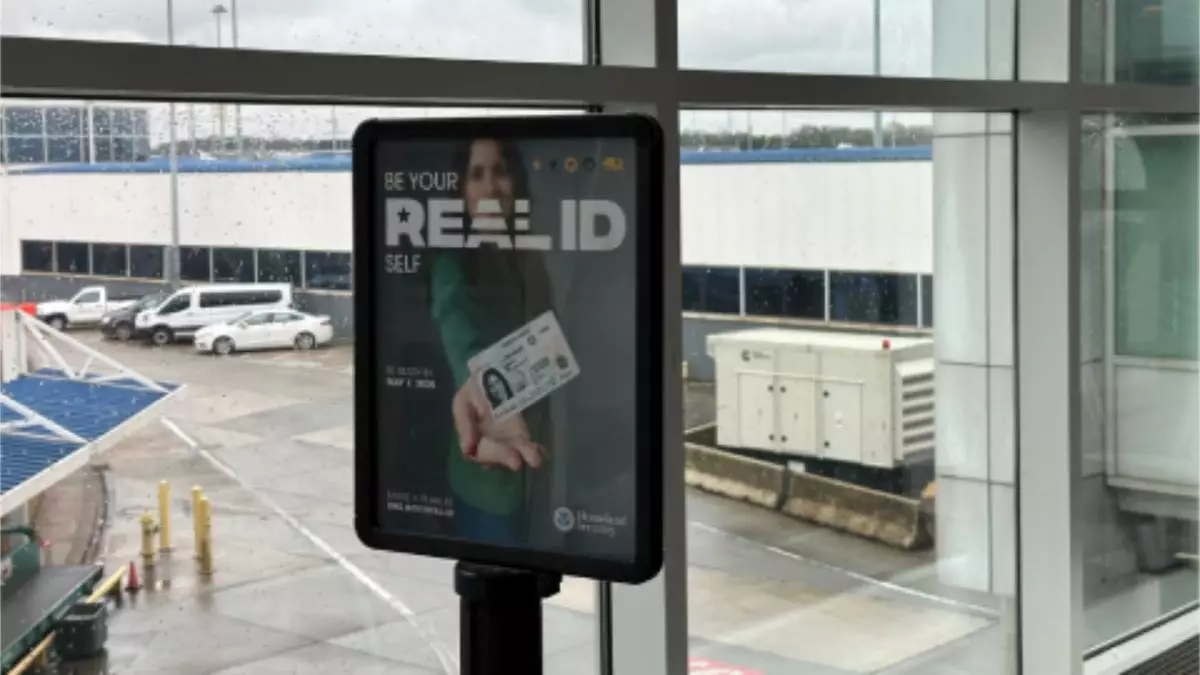In a significant development for air travel security, the Transportation Security Administration (TSA) is set to enforce Real ID requirements at airport checkpoints starting May 7. This initiative, part of a broader legislative effort initiated over two decades ago, aims to enhance the security of state-issued identification. The regulations signify a major milestone, marking the culmination of years of adaptations and delays since the Real ID Act was enacted by Congress in 2005.
The TSA plans to adopt a phased approach to this enforcement, allowing for a gradual transition into compliance with the new requirements. This strategy is vital in preventing disruptions for travelers who may not yet possess a Real ID. TSA spokesman Carter Langston has indicated that while the specifics of this phased implementation are still in development, it is crucial for the agency to balance security with accessibility, ensuring that air travel remains efficient. By May 5, 2027, complete enforcement will be required not only for air travel but also for access to federal buildings and military installations.
The Real ID Act was born out of the need for enhanced security measures in the wake of the September 11 attacks, as lawmakers recognized the vulnerabilities associated with state-issued identification. Over the years, the project has faced numerous delays and adjustments to accommodate various states’ readiness and compliance capabilities. As of January 2024, just over half of the identification documents in circulation are compliant with Real ID standards, highlighting the ongoing challenge facing the TSA and state governments alike.
TSA Administrator David Pekoske has actively urged Americans to ensure their driver’s licenses and state-issued IDs are Real ID-compliant in preparation for the upcoming enforcement deadline. The importance of compliance cannot be understated, as individuals relying on non-compliant forms of identification may face challenges when accessing federal facilities and boarding flights. With such a significant proportion of the population still unprepared, the TSA aims to facilitate a smooth transition with public engagement strategies.
While the TSA strives for a seamless implementation of the Real ID requirement, there are concerns about potential consequences for travelers. Langston cautioned that the presence of individuals without a Real ID could lead to increased wait times at security checkpoints, stirring anxiety regarding the efficiency of airport processes amid busy travel seasons. This emphasizes the TSA’s commitment to public awareness, urging passengers to prepare adequately for the coming changes to avert delays and other complications at airport security.
As the deadline approaches, it is crucial for travelers to remain informed and proactive in acquiring the necessary identification. The Real ID initiative represents a significant advancement in national security protocols, aiming to bolster the integrity of identification processes in relation to air travel and federal access. By preparing now and understanding the implications of these regulations, individuals can ensure their travel plans proceed smoothly into this new era of heightened security measures.


Leave a Reply